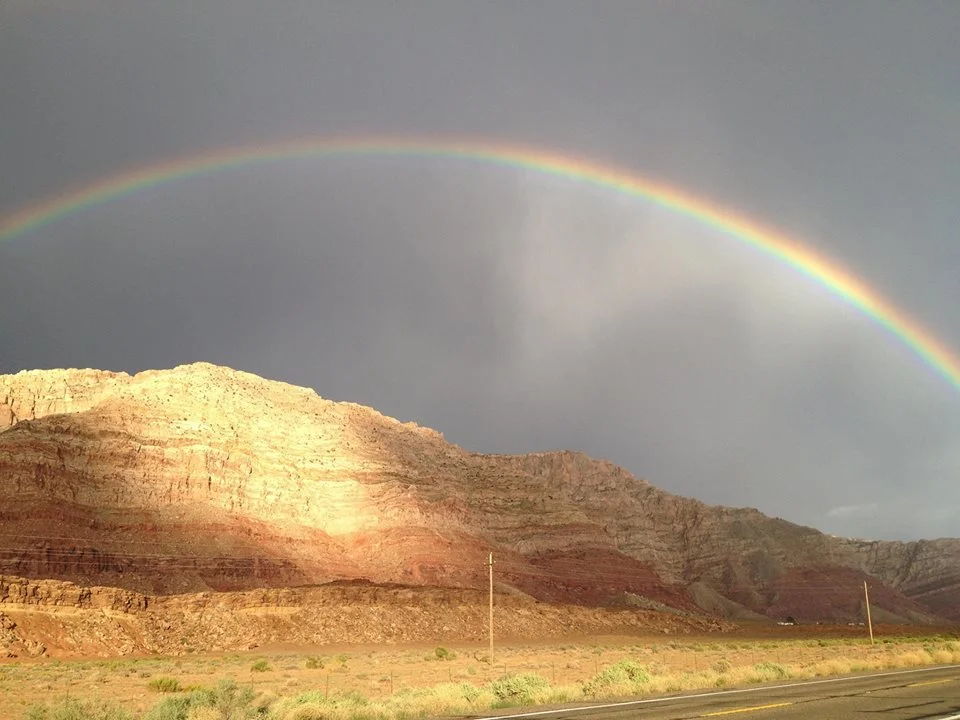It’s no big revelation that the mall isn’t what it used to be, not that it was ever anything great in my opinion. I once wrote a poem about my aversion to the place when I was trapped at Sears getting new tires. It was published in the Society of Classical Poets—a venue that sounds even less like a fit now than it did when it appeared a decade ago. Here it is:
On the list of things that I hate most of all
the one I hate most is a day at the mall
where all the offenses that rankle my brain
wage war on my senses: a full-blown campaign
to exact peoples’ cash, brains, taste, self-control,
individualism – a gluttonous toll.
Rampant consumption, pretense, bad food,
sales reps’ fake smiles all pushy and shrewd,
bass woofers blasting their arrogant noise
of play listed tunes the ad man employs,
shapeless bodies in too shapely clothes
show string thongs and cleavage as flesh overflows,
biker tattoos on ingénue skin,
spent kiddie cries in the echoey din.
Of all the musts the mall tries to ply,
escape’s the one thing that I don’t have to buy.
Yep, I thought I was so clever, so superior. Mall culture was never part of my experience growing up. My town didn’t even have one until I was sixteen. I thought only rich people shopped there. That my friends admired the wardrobe I scavenged from Woolworth’s clearance and bottom-feeder resalers was a testament to my resourcefulness. When I could finally afford to go, I quickly realized it wasn’t my thing.
Then I got sick. Not sick sick, but sick enough. I can live a pretty normal life by avoiding the sun and heat, but if I’m not careful, I could be truly sick sick forever and ever, Amen. Now, I lead a crepuscular existence. Like a fox, I restrict my ramblings to dawn and dusk; otherwise, exercise doesn’t happen. Thus, the mall with its 2-mile moebius strip of 3 round-trips past the kiddie train and sneaker polishers and barkers who step right up with free samples and compliments. Well, not so much the barkers anymore; they’ve kind of given up on me since I let me hair go grey during the pandemic. They’ve learned that I won’t bite, seeing me as just another summertime fixture like the samples of freckled lemonade slushies at Orange Julius used to be—gone now with Sears and two more of the original five anchor stores. And this is an affluent community!
The vacancies are alarming. I used to count the empty storefronts but gave up once they reached twenty-five percent. That’s when the county library and animal shelter opened satellites along with a gym, a music studio, and a martial arts school—services that require cavernous footprints. Nevertheless, the echo grows despite the many nail and braiding boutiques springing up around them with their sparse furnishings and hand-lettered signs. These hopeful newcomers look to me as lonely and forlorn as panhandlers in the subway.
It’s even worse at the mall I pass driving to work a half-hour away. Three years ago, on a rare visit of necessity, it was half-empty. Now, in August, I note their electronic signboard still advertising pictures with the Easter Bunny. There’s a true ghost mall, like a ghost town, further down the highway in a town overpopulated with the homeless. A bottom-feeder resaler is the sole occupant of that cavernous glass showroom of nothingness.
I can’t say that I miss what the mall once was, but I do appreciate now that if offers not just diversion but refuge. That’s what I envision for these wasted spaces, shelter, and not just an animal shelter. These places are already equipped with enough kitchens and bathrooms to cater to communities on the verge of extinction. Why not convert those empty storefronts into low-cost apartments? I’ve seen such conversions on TV, little econo-rooms equipped with a bunk and a microwave, with modicum of essential food services. It’s almost enough to make me exchange my pen for a podium. Isn’t it community needs that politicians and businessmen should be concerning themselves with? When will the god of consumerism fall to the good of the community?
